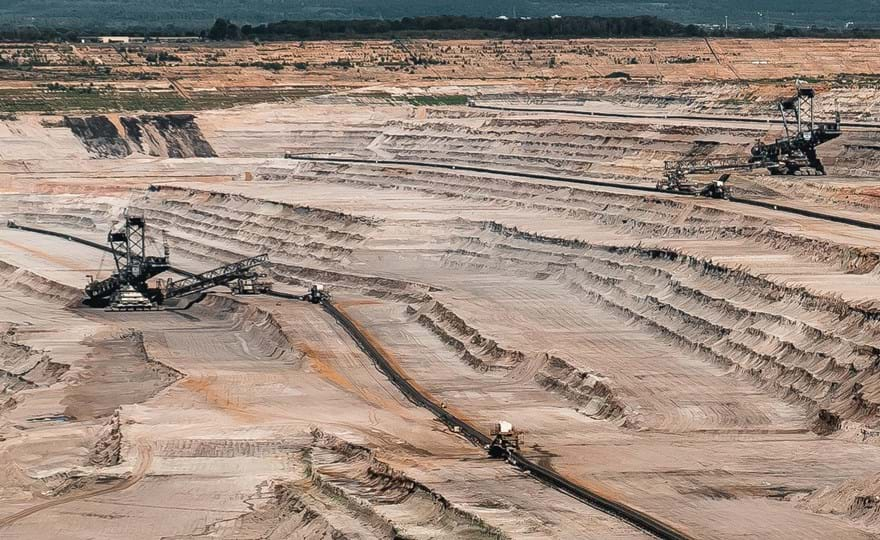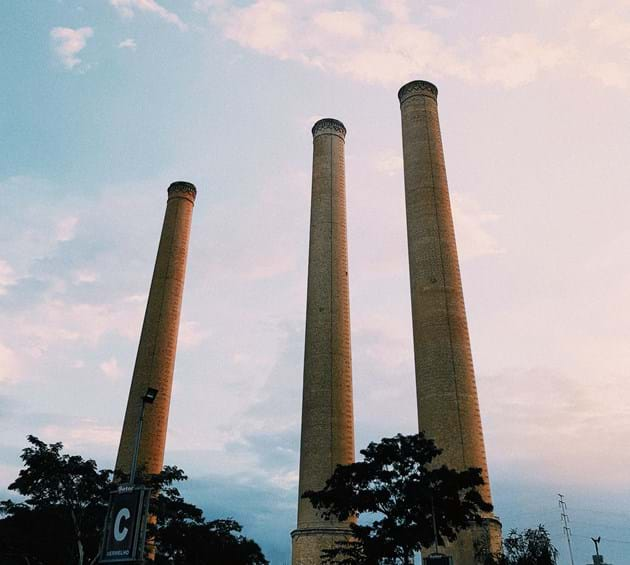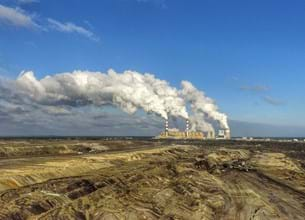ClientEarth Communications
16th May 2019


Climate change means droughts, floods, rising sea levels, extreme weather and nature loss. How much carbon dioxide we release will decide how serious these impacts are. Burning coal is a major contributor. There are currently over 200 coal plants left in Europe.
But governments in the EU hand out billions in subsidies to prop up coal every year. And coal’s toxic problems don’t end with climate change.

It’s well known that coal plays a major part in driving climate change.
What are less widely known are coal’s insidious health effects.
Between coal dust, ash and stack emissions, the coal industry exposes everyone to mercury, arsenic, sulphur and nitrogen oxides, all of which pose proven and serious health risks.
In Bulgaria, figures show the rate of lung disease is dramatically elevated in the areas around coal plants. Meanwhile, a recent US study showed that the rate of premature births fell in areas near coal power plants when they closed.
Coal is terrible for your health. It’s also bad for your environment.
As well as causing air pollution, water discharged from plants can heat waterways making them uninhabitable for fish and other wildlife. Mercury often finds its way into local waterways as well, further damaging the ecosystem.
There’s no such thing as clean coal. The costs to our health and to the health of our planet are enormous. Here are just some of the heavy metals and other harmful chemicals released when coal is burned:

Yes, it does.
In fact, coal is the worst fossil fuel for greenhouse gas emissions.
The EU’s coal plants are almighty carbon emitters. One power plant alone – Poland’s Belchatow – emits four times as much as Ryanair’s entire fleet of passenger planes every year.
To have any chance of meeting the climate goals laid out in the global Paris Agreement, we have to move beyond coal by 2030. Europe can do this – but there is too little progress and too little ambition.
There are more than 250 plants left in Europe – and plans to build more, even as others struggle to earn their keep. We have to stop this. Too many communities have been robbed of their homes and futures, and too many people are being robbed of their health.

We’re supporting Bulgarian resident Elka Tiškina, from Pernik, to take legal action against the authorities after her house was left uninhabitable by illegal coal mining in 2015.

We’re supporting villagers in Germany to take on energy giant RWE – owner of some of Germany’s most polluting coal plants and mines.

3,000 people are waiting to find out if they have to leave their homes as giant power plant Belchatow seeks a fresh source of coal. The Zloczew mine, if it goes ahead, would be the deepest mine ever constructed in Poland.

Inhabitants of Anargyroi, Western Macedonia, were evacuated in 2017. The mine on its doorstep caused a major landslide, leaving the villagers to jump in their cars and leave.
There are more than 150 coal power plants left in Europe. But across the continent action is not happening fast enough.Ilona Jedrasik, Energy Lead, Poland

In Poland, where I’m based, coal remains king. Europe’s most disastrous coal plant, Belchatow, continues to blight lives. We are fighting it.
Turkey has plans to build around 17 more plants. Germany is clinging to coal, under pressure from industry: seven of Europe’s top ten worst carbon emitters are in Germany.
In the UK, the pledged 2025 coal phase-out still hasn’t been written into law.
Governments across the EU are still breathing life into coal with major subsidies. Europe needs to get a grip on its coal problem.
We have live legal challenges across the EU from Spain to Bulgaria. We’re committed to fighting the injustices that let coal ruin lives. You can explore our actions against coal below. We’re grateful for your support.